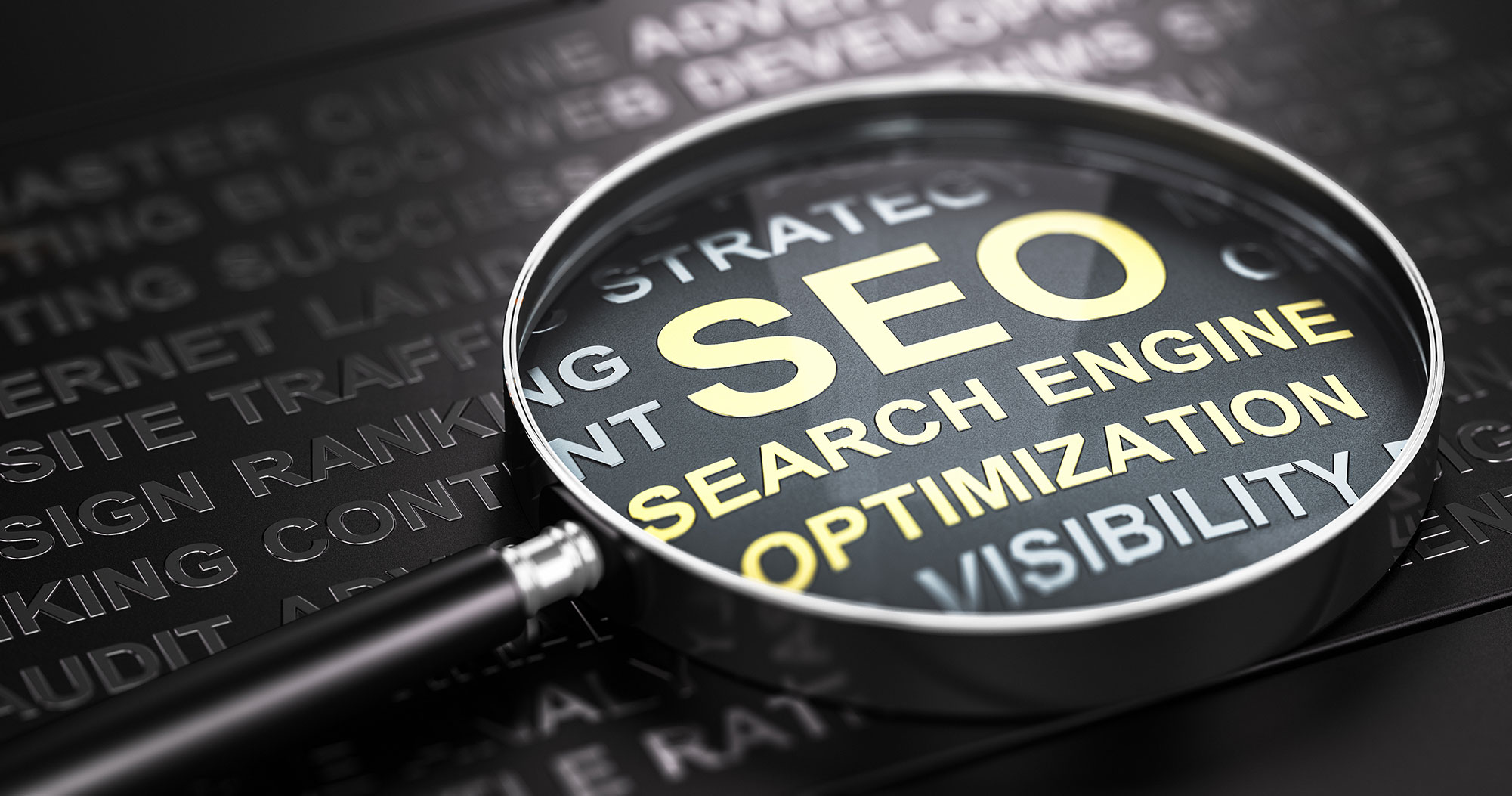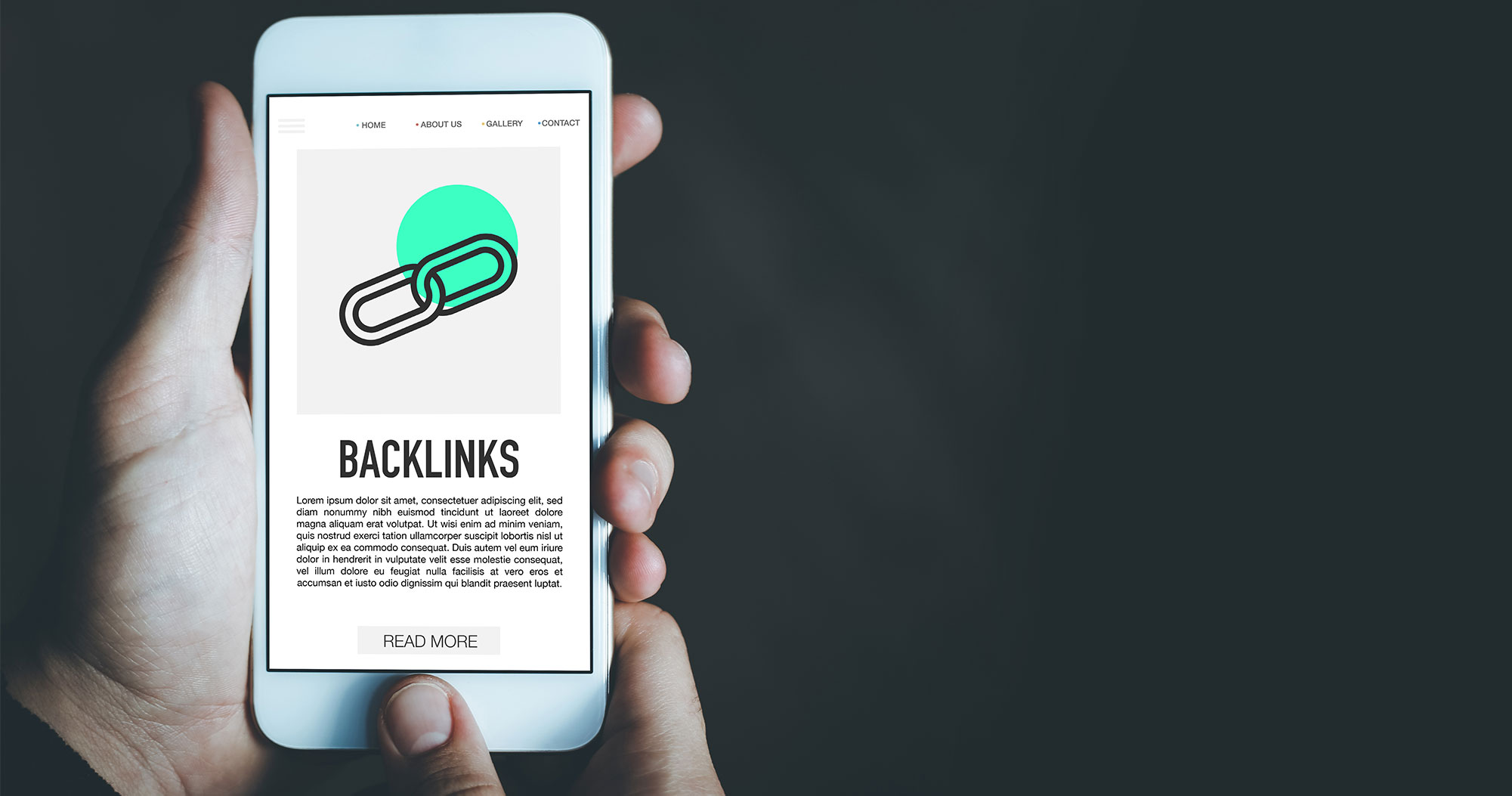What Are On-site SEO and off-site SEO?

SEO (search engine optimization) is the process of optimizing online contents so that search engines such as Google and Yahoo! list your site higher on the list. There are two types of SEO, which is on-site SEO and off-site SEO. So, what are the differences between them?
Table of Contents
What is SEO?

SEO stands for search engine optimization. The goal of SEO is to make your website ranks as high as possible. Users usually click through the websites on the first page of the search engine results page (SERP), so ranking on the first page is essential to get more leads to your website.
On-Site SEO

The first thing you need to do is choose a keyword you want to rank for and make relevant contents.
How to choose a keyword?
When considering what keywords you want to choose, you should determine how much volume the keyword has and how competitive it is.
The websites you can use to research keywords.
Neil Patel
https://neilpatel.com/blog/keyword-research/
Wordstream
https://www.wordstream.com/keywords
Wordtracker
https://www.wordtracker.com/
Keyword Planner by Google
https://ads.google.com/aw/keywordplanner/home?ocid=595645173&euid=456566373&__u=1994615677&uscid=595645173&__c=8706516877&authuser=0&sf=kp&subid=us-en-et-g-aw-a-tools-kwp_bb-awhp_xin1%21o2
Even if the keyword you want to use has a large volume, it does not mean your website can reach many users. Popular keywords are very competitive and they are already taken by dominant websites such as amazon. So, what you should do is combine the high-volume keyword and less competitive keyword. For example, you make a website for selling a marketing automation tool. The word “marketing automation” itself is too broad. Instead, you can say “affordable marketing automation tool for small business”. This keyword is called long-tail keyword.
Key Word
Long-tail keyword:
Multi-word phrases that are more specific versions of a fat head term.
Key Word
Fat-head keywords:
Keywords that are very popular and have high volume. For example, Japanese food and earrings. Those words are very competitive and difficult to rank for.
When to place keywords?
URL
Words in the URL are important because Google places heavyweight in the calculation of relevance.
Title tag
Title tag is the clickable headline shown up on the search engine result page(SERP). Because people see the title tag when they search the keyword, it should be easy to read and relevant to what your content is about. The title tag length should be less than 60 characters.
Header tags
Header tags are h1 and h2 in the HTML code of your website. H1 is the header and h2 is the sub header. You should place your keyword in the headers and in h2 and h3(contents under the h2) as needed, so that users can easily understand what you are going over in the section.
Main Content
You should use your keywords as long as it makes sense to readers. This means that you should not abuse the keywords in the contents. Back in the day, people can rank high by overusing keywords in the title and contents (keyword stuffing), but it won’t work anymore. Rather, those websites are punished by Google. They might rank poorly or be removed from the SERP in the worst-case scenario.
File Name
Even though advanced technology such as AI enables search engines to recognize images, it is limited. Search engines can understand what the image is by optimizing them.
Off-Site SEO

Off-site SEO is any activity that is done outside a website to improve its search engine rankings.
What metrics do search engines use to determine a webpage’s popularity?
Key Word
Backlinks:
Backlinks refer to when people cite your website or content in their contents.
People cite your content or website if they like. So, the more people like your content, the more popular your content. However, earning backlinks requires a lot of work and time. Often, it is better to focus on earning a smaller number of high-quality links than a larger number of low-quality links because low-quality links might be recognized as a bad link neighborhood.
2. Backlinks from relevant sites
Who backlinks your content matters. When someone who writes similar topics cites your content, it proves that your content is beneficial to the topic and the backlink is considered as a pure endorsement.
A popular link keeps getting a new backlink. Search engines consider the content is not valuable to users anymore if the content can’t get a new backlink consistently.
Summary

There are two types of SEO; on-site SEO and off-site SEO. Digital marketers spend a tremendous amount of time and effort to rank their website pages on the SERP (search engine result page). On-site SEO is one that digital marketers can do on their own while they need to have others to improve off-site SEO. In the past, many people used the black hat technique to get higher scores for SEO, but those techniques are not valid and people get punished if they try them today. The only way to improve your web page’s SEO is to make valuable content using the right keyword and keep getting a pure endorsement from others.


.jpg)
.jpg)
.jpg)


